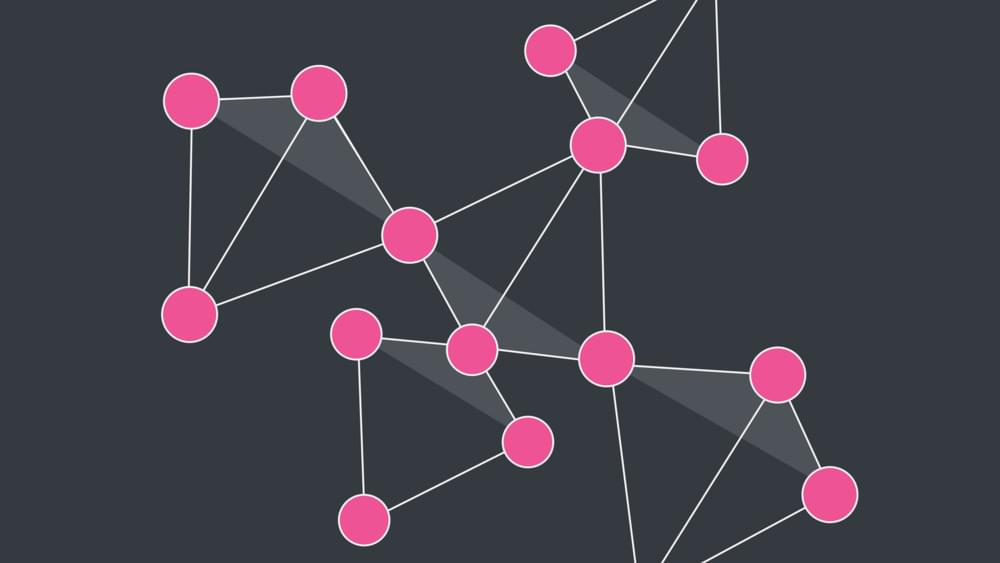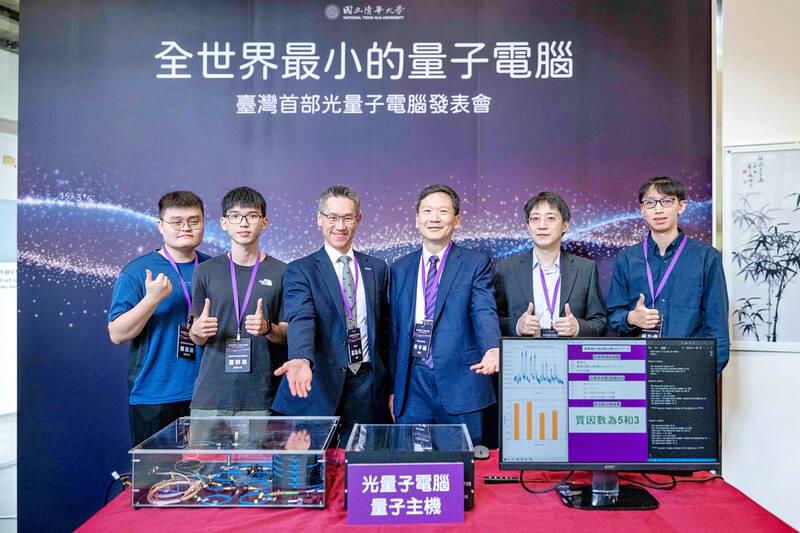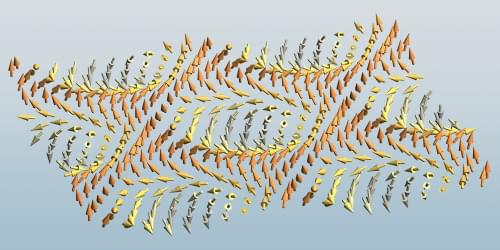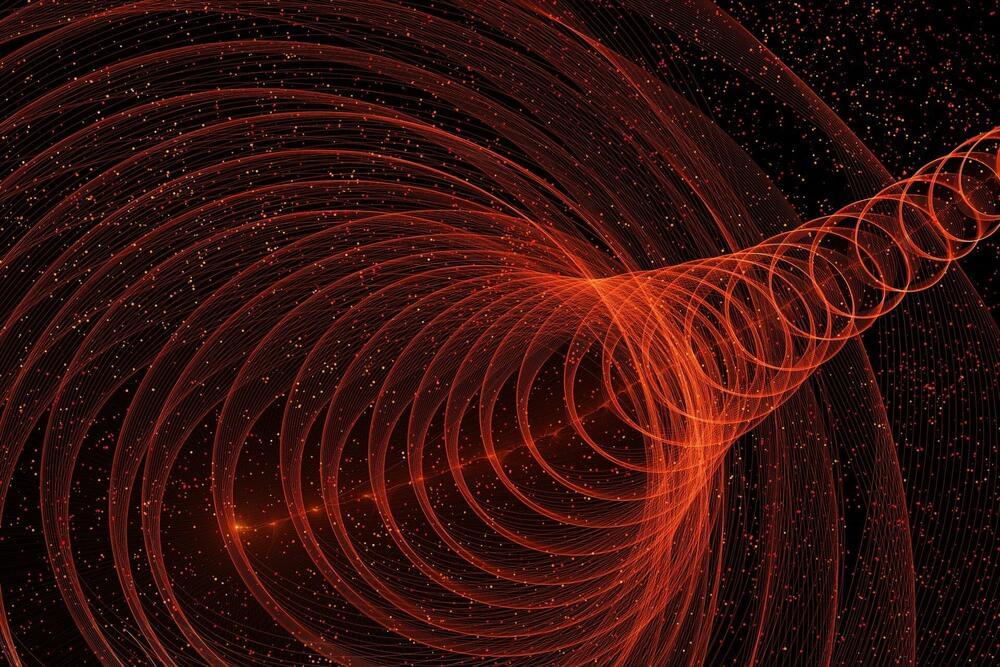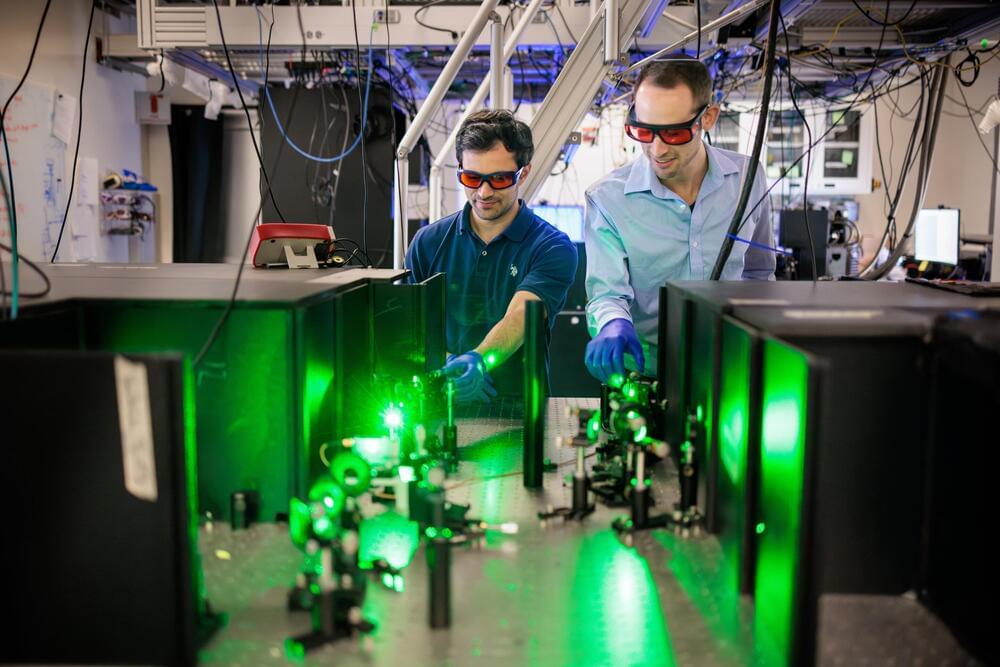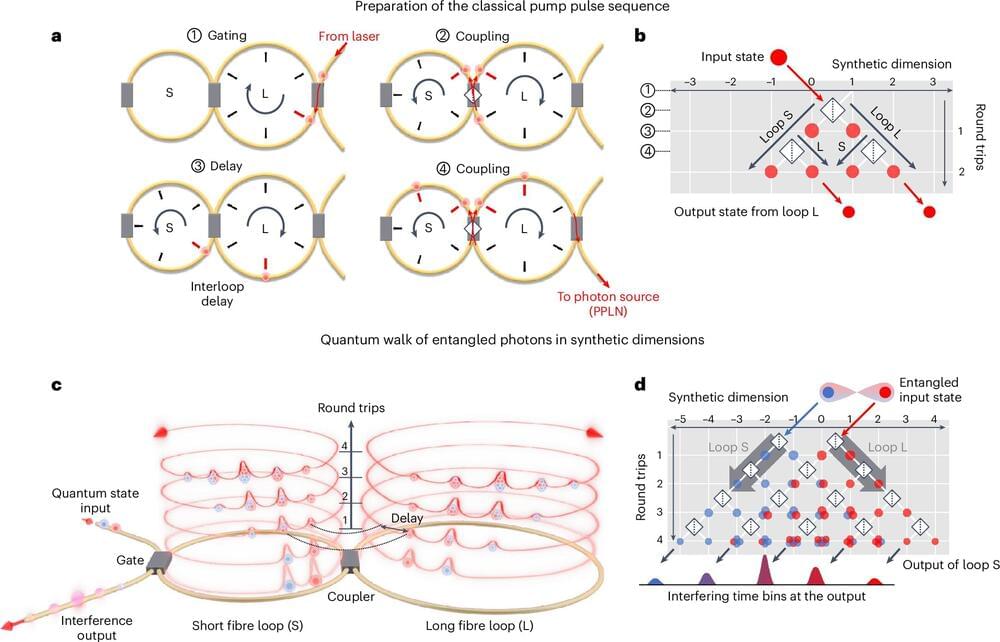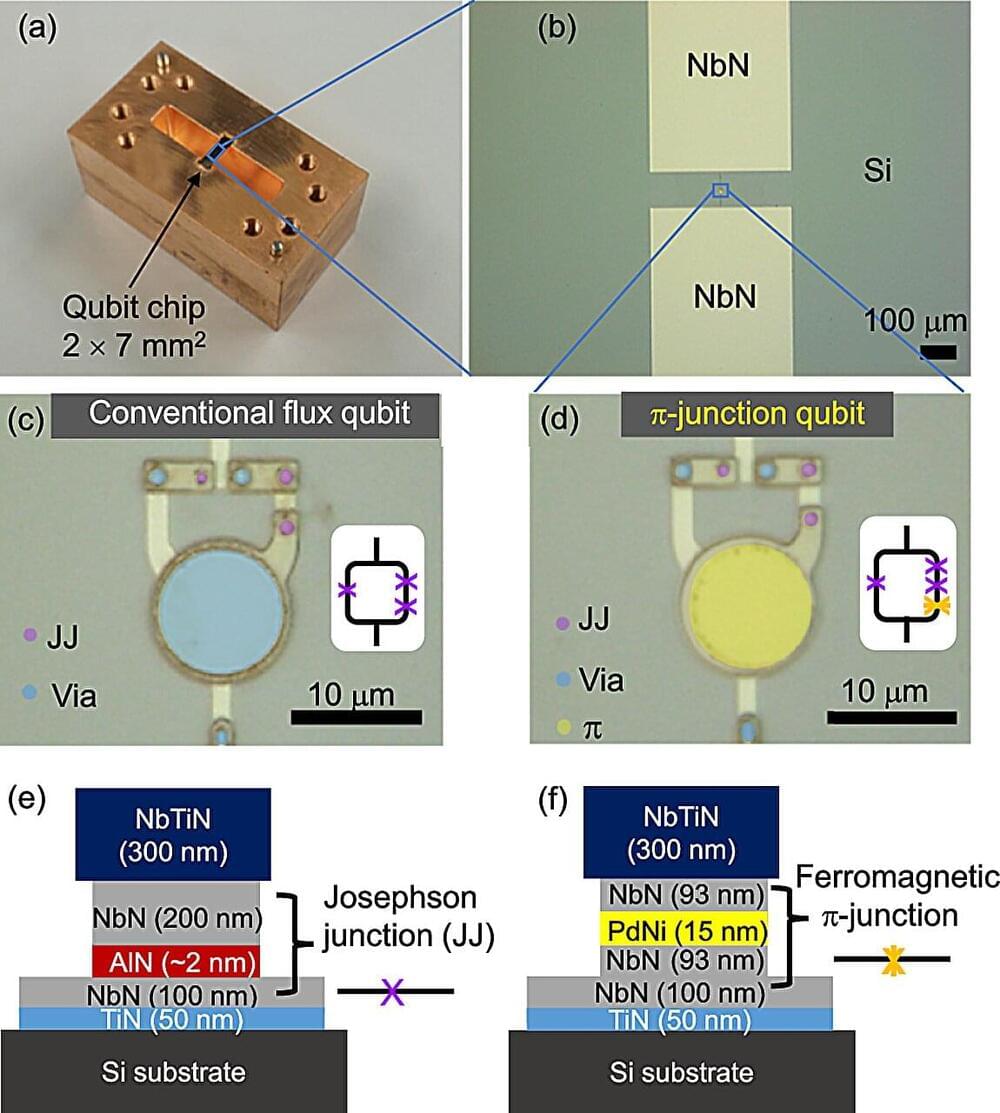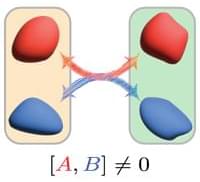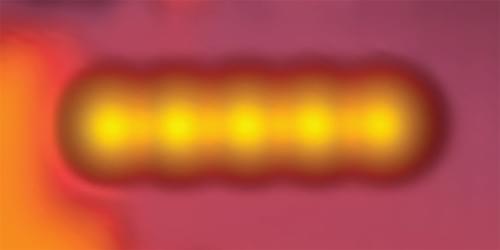Oct 19, 2024
Assessing quantum advantage for ground state problems
Posted by Cecile G. Tamura in categories: computing, information science, quantum physics
How do we assess quantum advantage when exact classical solutions are not available?
A quantum advantage is a demonstration of a solution for a problem for which a quantum computer can provide a demonstrable improvement over any classical method and classical resources in terms of accuracy, runtime…
Today, algorithms designed to solve this problem mostly rely on what we call variational methods, which are algorithms guaranteed to output an energy for a target system which cannot be lower than the exact solution — or the deepest valley — up to statistical uncertainties. An ideal quality metric for the ground state problem would not only allow the user to benchmark different methods against the same problem, but also different target problems when tackled by the same method.
Continue reading “Assessing quantum advantage for ground state problems” »
